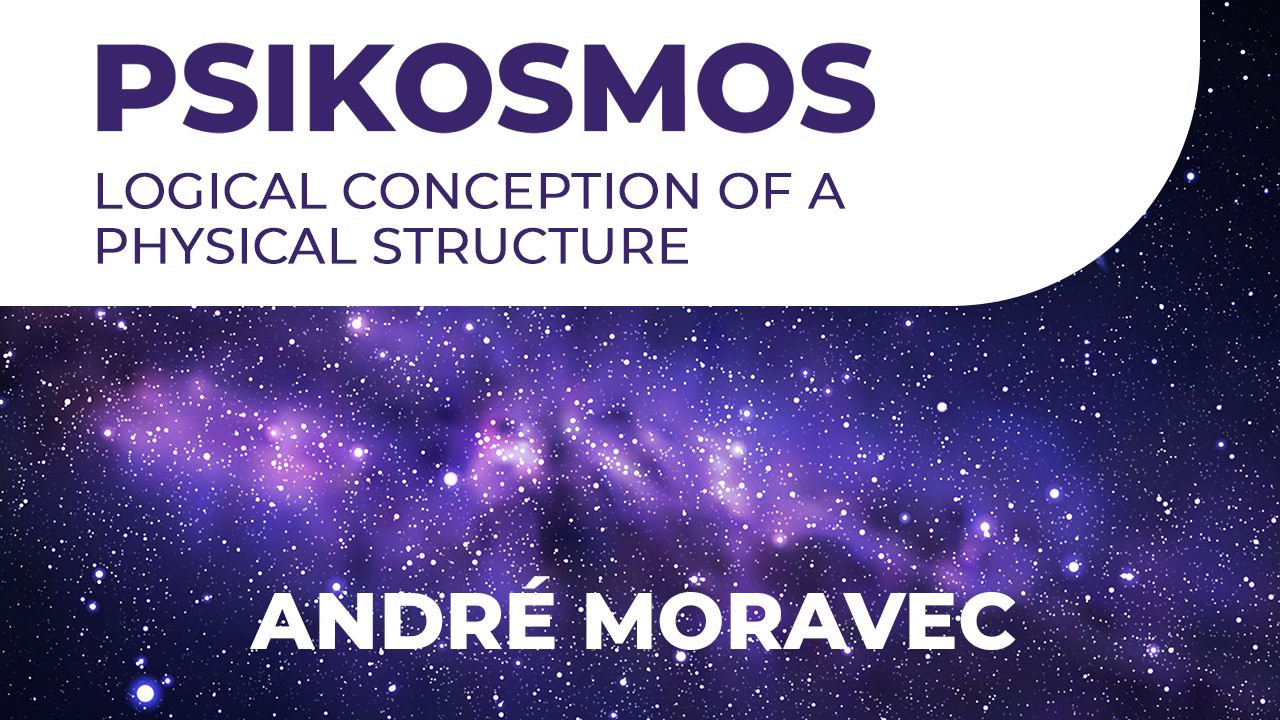SÃO PAULO, BRAZIL / ACCESS Newswire / July 24, 2025 / Brazilian researcher André Moravec has claimed that there are some inconsistencies in the makeup of an atom which may have led to its concept being misunderstood for centuries.

Moravec, author of the book Psikosmos- Logical Conception of a Physical Structure, suggests that inconsistencies such as the huge difference between the masses of some particles and the impossibility of the electron's orbital movement means that the structure of an atom may not be as simple as humans understand it to be.
The concept and name of the atom emerged centuries ago in ancient Greece; but it was only in the last century that its structure was experimentally studied and traced. According to these studies, the atom is made up of three particles: the neutron, the proton (which together form the nucleus) and the electron, which orbits the nucleus.

André Moravec said: "To facilitate understanding of the structure of the atom, it can be simplified using just one particle - the nucleon. This, outside the nucleus, manifests itself in two forms: unstable and stable.
"Under suitable conditions, the unstable one, after a few minutes, stabilizes by expelling an electron while leaving a positron circling its surface. The expelled electron is attracted to the positron and enters a simple harmonic motion (SHM), forming an electrosphere centered on the nucleon.
"Inside the nucleus, the unstable one stabilizes while bound to a stable one, by sharing one of its electrons with it. A stable nucleon stabilizes, at most, two unstable ones."
Moravec says that while the unstable nucleon is known as the neutron, and the stable one as the protium, the absence of the proton should be noted as it does not exist here. He claims a stable nucleon, deprived of its electron, is an ion, or rather, a cation of protium.
Moravec added: "A stable nucleon with one unstable nucleon forms deuterium, and with two, tritium. These, along with protium, constitute the isotopes of the hydrogen atom. Four nucleons, two of which are stable, form the helium atom.
"An oxygen atom contains sixteen nucleons; thus, a water molecule, formed from one oxygen atom and two hydrogen atoms, contains eighteen nucleons. Carbon has twelve nucleons; then, carbon monoxide has twenty-eight nucleons. And so on, all substances, living or dead, are formed only with an exact number of nucleons. One cubic centimeter of water (1 g) contains an exact number of nucleons, which is Avogadro's number."
It also follows, according to the author, that the mass of anything is the number of nucleons it contains.
MEDIA DETAILS
Contact Person: Cecilia Loreto Mack
Company Name: Agência Comunicado
Email: cloreto@agcomunicado.com.br
Website: https://www.agcomunicado.com/
SOURCE: André Moravec
View the original press release on ACCESS Newswire





